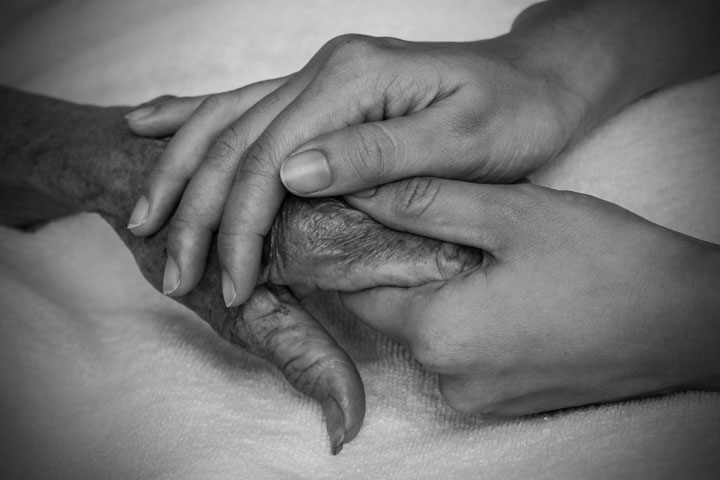Higher hour caregivers — defined as those who provide at least 21 hours and up to 60 hours of care per week without pay — are likely to suffer emotional stress as well as physical and financial strain, according to the report Caregiving in the U.S. 2015.
Jointly issued by the National Alliance for Caregiving and AARP, the report labels this group “a vulnerable population,” and shows that the “typical higher hour” caregiver has been providing this level of care for an average of 5 1/2 years and expects to continue for at least 5 more years. Nearly half of these caregivers reported high levels of emotional stress, the report states. Higher hour caregiving duties range from housework to complex medical and nursing tasks.
Among the Report’s other findings:
- The “typical” caregiver is a 45-year old woman who cares for a relative;
- Nearly a quarter of caregivers are “millenials” between the ages of 18 and 34 and are as likely to be male as female;
- Men currently provide about 40 percent of care for an average of 23 hours a week;
- Nearly one in 10 caregivers is 75 years of age or older and is likely to provide care without other unpaid help. Caregivers in this age group experience additional strains if they are the sole support for a loved one and took on the role because they had no other choice;
- 34 percent of caregivers also have a full-time job while 25 percent work part time;
- 82 percent of caregivers care for only one. That person either lives with the caregiver or within 20 minutes of the caregiver.
The joint sponsors of the report warned that neither the public nor the private sector do enough to support family caregivers. The report notes that many caregivers report having trouble finding affordable support services, such as delivered meals, transportation and in-home health care. Other desired supports include respite care and access to tools and resources that would help caregivers manage stress.
